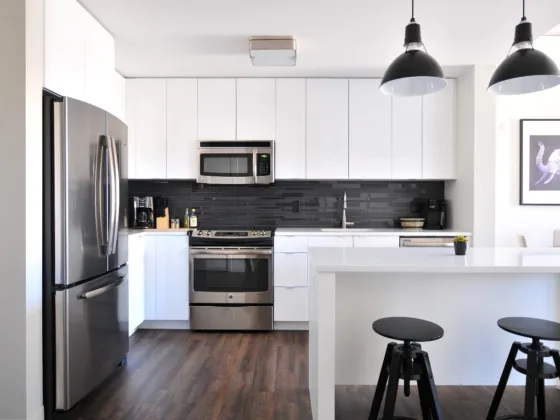Having an air duct system in your house means that the air within the space will be regulated.
The air duct is responsible for cooling hot air and heating the cold one to make the house very comfortable. The air duct system comprises both the supply path and returns path.
Air is distributed throughout the basement by the supply path, and it is returned to the cooling and heating units by the return path.

Before installing the air duct system, there are some steps to follow:
Have a rough sketch of your house locating the vents, all the register, and the heating and cooling units. Also, locate any other impediment that may be blocking the path of the duct, such as the electric box and hot water heaters.
Sketch the route of the duct from the main supply duct, indicating the heating and cooling units, indicating how the route branches into register and vents till the far end of the basement. Also, indicate the return path of the duct, showing the register and vents until it gets back to the main supply duct.
Approximately measure the length of the duct using a tape measure and know the number of elbows required.
After taking down the measurements, you can set off to purchase the necessities and begin the installation process or order basement renovation in Newmarket.
Read Also:
- The Role of Air and Air Ducts in Producing the Cooling Effect in Sydney Air Conditioning Systems
- Reasons Why You Should Have Your Air Ducts Cleaned for Your Home
- Home Air Conditioning Installation: What to Expect
- How to Make Your Air Conditioner More Efficient
- Top 5 Ways to Cut Down Air Conditioning Costs
- Reasons to Renovate the Basement
Air Duct System Installation
The following procedures are followed during the installation:
Use a sheet metal ductwork to install ductwork at the supply duct unit. The sheet metal ductwork is secured using sheet metal screws after the non-crimped and crimped ends are slides over each other. Tightly seal the secured joints by wrapping duct tape around them.
Run the ductwork between the joists of the floor, anchoring it in place using galvanized hanging straps. Hammer the straps into both sides of the joists at intervals of 4 feet. If necessary, you can reroute the ductwork underneath the floor joists, anchoring it to the overhead joists as well.
Attach the ductwork branching off and approaching each register or vent that is in the basement. Workaround the bends using sheet metal duct elbows and precisely cut the ductwork using tin snips to ensure it fits perfectly.
To join the ductwork to the registers or vents, you will need the sheet metal ductwork collars. In this case, you will attach the metal tabs to the register or vent by bending down the metal tabs on the collar.
Use the same procedure in installing the return ductwork beginning at the main duct unit. In this case, you will be working outwards.
After all, this is done, you can now test the duct system if it is functioning properly. You can turn on a thermostat and listen keenly if there is any escaping air. High pitched whistles will indicate the presence of leakages. Use duct tape to patch the leaking areas in case there is any.
If you do this properly or use duct cleaning Milton in by Safe ADC, consider the air duct system in your basement functional.









